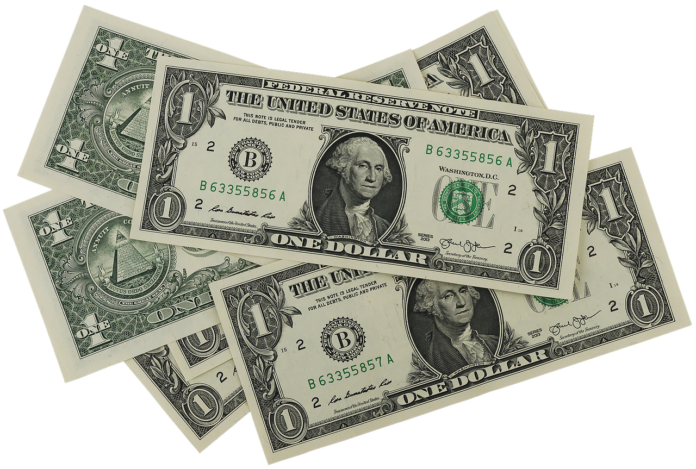The United States has maintained a persistent trade deficit for decades, a phenomenon deeply intertwined with the unique role of the U.S. dollar as the global reserve currency. This essay explores how the dollar’s dominance in international finance perpetuates this imbalance, regardless of tariffs or other trade policies.
**The Dollar as the Global Reserve Currency**
Since the end of World War II, the U.S. dollar has been the world’s principal reserve currency. It is widely used for international trade, commodity pricing (e.g., oil), and as a store of value by central banks and investors worldwide. Approximately two-thirds of global foreign exchange reserves are held in dollars, and the currency accounts for 88% of daily foreign exchange transactions[1][3]. This dominance provides significant advantages to the U.S., including lower borrowing costs and enhanced financial influence through tools like sanctions[3].
However, this “privilege” comes with drawbacks. The high global demand for dollars creates upward pressure on its value. A stronger dollar makes U.S. exports more expensive and imports cheaper, contributing to a persistent trade deficit[1][4].
**Trade Deficits and Capital Flows**
The U.S. trade deficit fundamentally reflects an imbalance between domestic savings and investment. The dollar’s reserve currency status amplifies this dynamic by attracting massive capital inflows from foreign investors seeking safe assets like U.S. Treasury securities. These inflows strengthen the dollar further, making it difficult for U.S. exports to compete globally while encouraging imports[1][4].
Additionally, because many countries hold their reserves in dollars, they often recycle these dollars back into U.S. investments rather than purchasing American goods and services. This pattern perpetuates the trade imbalance[3][4].
**Why Tariffs Fail to Address the Trade Deficit**
Attempts to reduce the trade deficit through tariffs or other protectionist measures have proven largely ineffective due to the structural factors tied to the dollar’s role. For example, during the U.S.-China trade war (2018–2019), tariffs on Chinese goods coincided with an appreciation of the dollar as global uncertainty drove investors toward dollar-denominated assets. The stronger dollar offset much of the intended impact of tariffs by making Chinese goods cheaper in dollar terms[6].
Moreover, targeting bilateral trade deficits often leads to trade diversion rather than reducing overall deficits. For instance, if imports from one country decrease due to tariffs, they are often replaced by imports from another country without addressing the underlying macroeconomic conditions driving the deficit[1].
**The Structural Nature of the Problem**
The root cause of America’s persistent trade deficits lies in its macroeconomic policies and global monetary arrangements rather than specific trade policies. The combination of low national savings rates and high government deficits creates a reliance on foreign capital inflows, which strengthens the dollar and exacerbates trade imbalances[1][4].
Furthermore, as long as other countries depend on dollars for international transactions and reserves, there will be a structural demand for dollar-denominated assets that keeps the currency overvalued relative to others[2][3]. This dynamic ensures that imports remain cheaper than domestically produced goods, sustaining a negative trade balance.
**Conclusion**
The U.S.’s status as issuer of the global reserve currency ensures that it will continue running trade deficits regardless of how much it adjusts tariffs or renegotiates trade agreements. The structural forces tied to capital flows, exchange rates, and global demand for dollars make these deficits an inherent feature of the international monetary system. Addressing this issue would require fundamental changes in global financial arrangements or domestic macroeconomic policies—neither of which is easily achievable in the short term. Thus, so long as the dollar remains dominant, a negative trade balance is likely to persist.
By George Prince
Citations:
[1] https://crsreports.congress.
[2] https://www.investopedia.com/
[3] https://www.cfr.org/
[4] https://www.stlouisfed.org/
[5] https://www.imf.org/en/Blogs/
[6] https://www.bundesbank.de/en/
[7] https://www.brookings.edu/
[8] https://www.investopedia.com/












